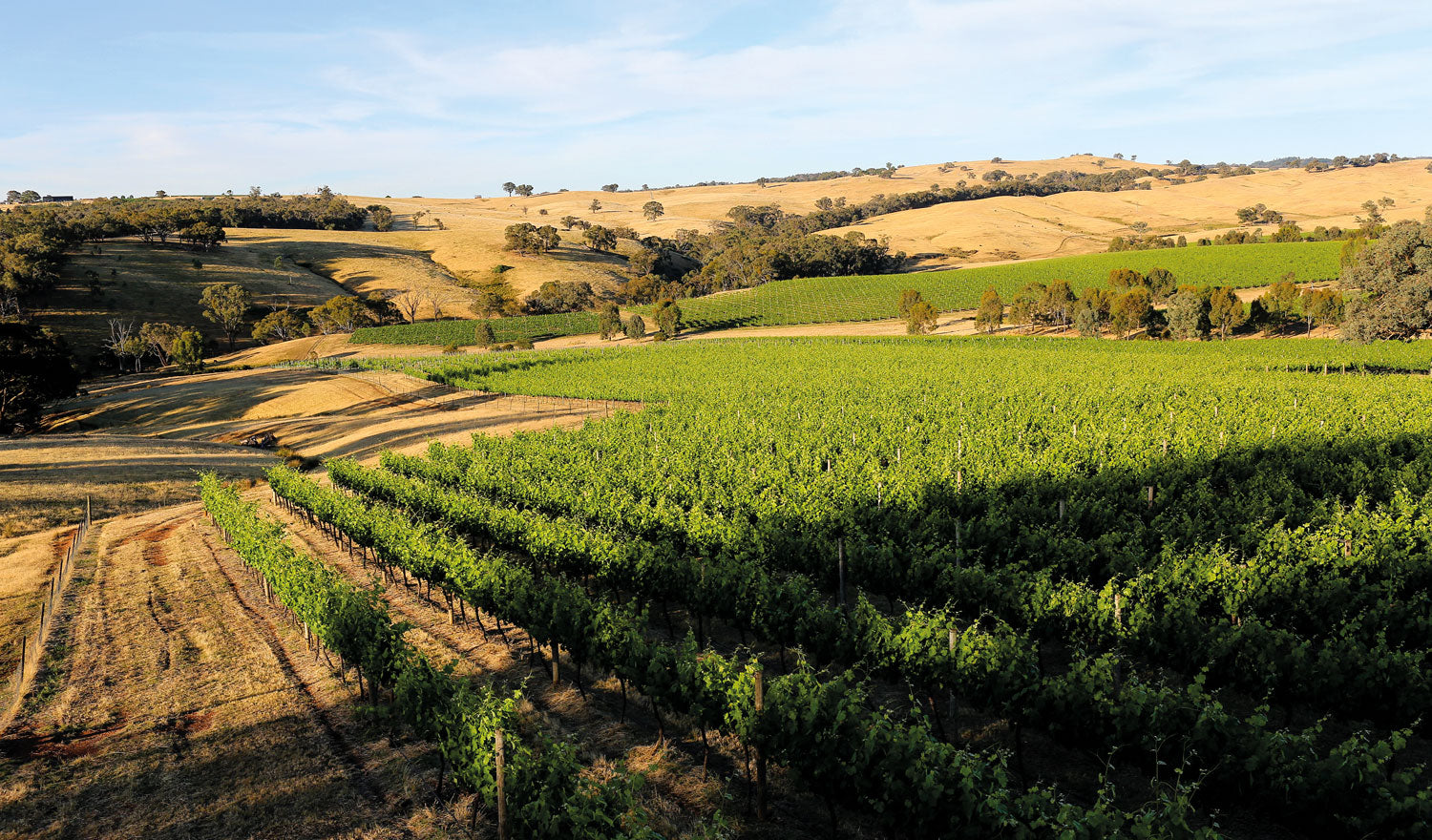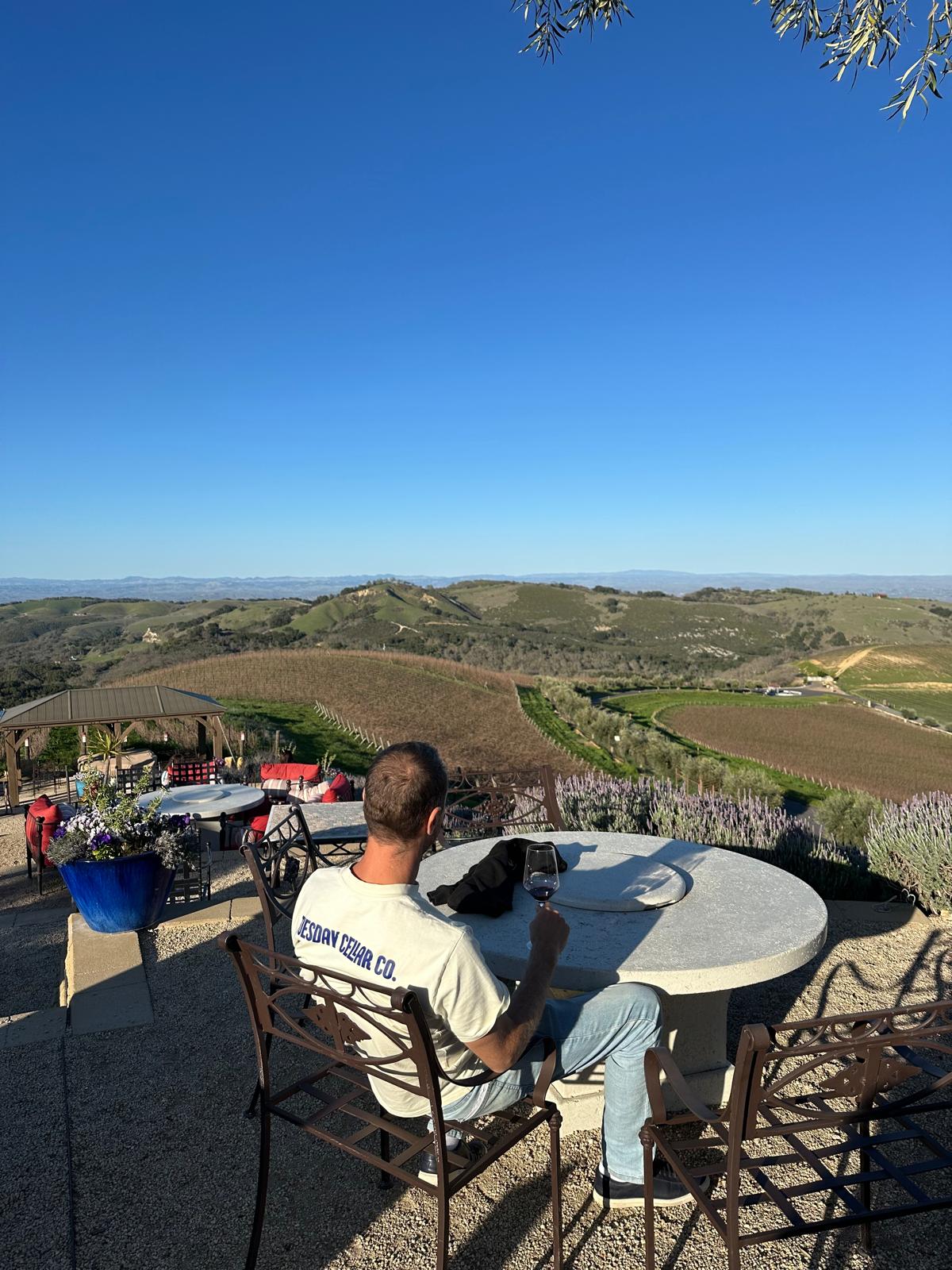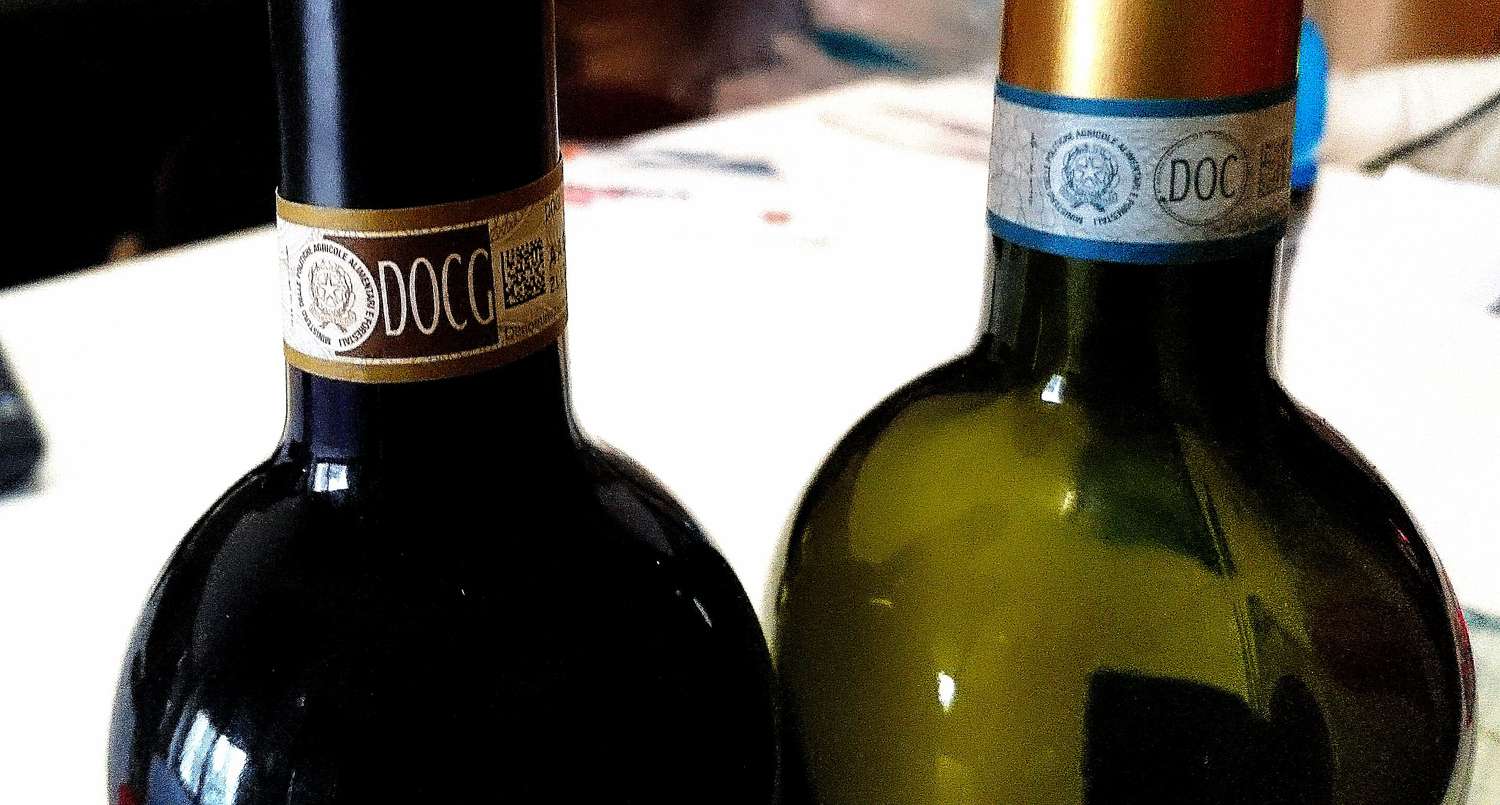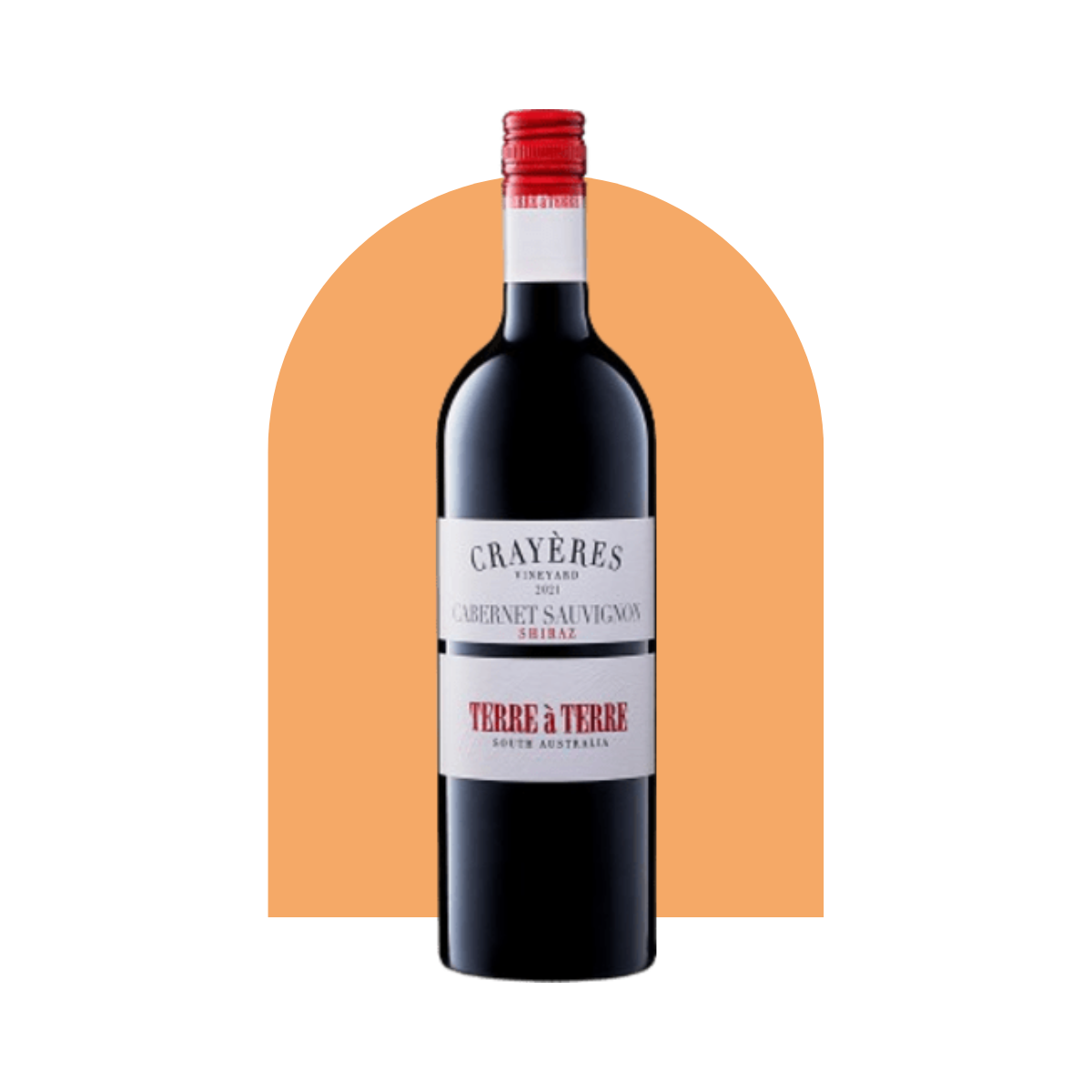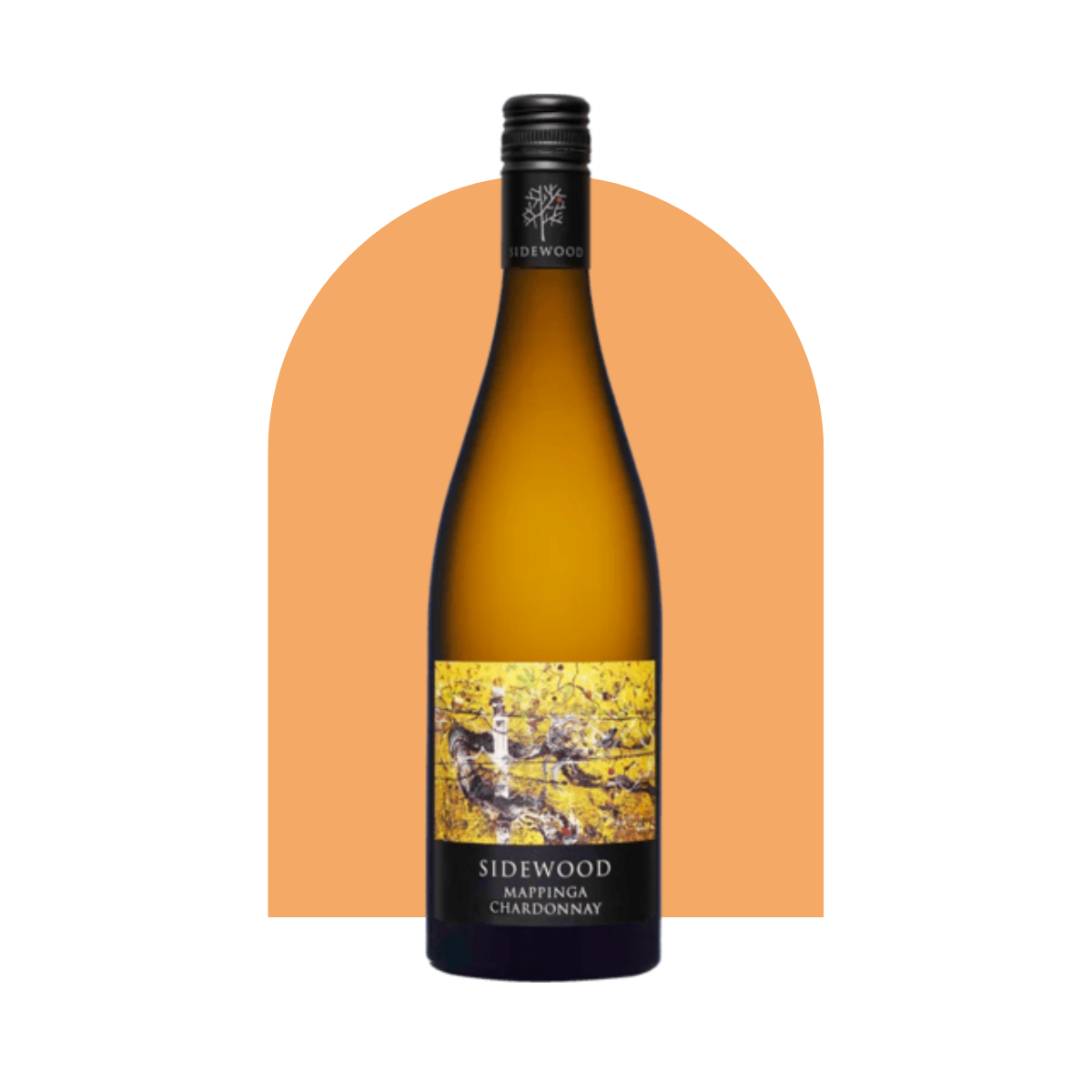The Ultimate Guide to California's Premier Wine Regions

California's wine country is a paradise for wine lovers, offering a chance to explore beautiful vineyards and taste exceptional wines. It is known as the heart of American wine production and is home to many renowned wineries.
In this guide, we will take you on a tour of California's top wine regions:
- Napa Valley: Famous for its world-class Cabernet Sauvignon wines.
- Sonoma County: Known for its diverse terroirs and wide range of grape varieties.
- San Luis Obispo: An up-and-coming region with innovative winemakers.
We will delve into the unique qualities of each area and highlight the wineries that have made significant contributions to California's wine industry. Whether you're a seasoned connoisseur or just starting your wine journey, this guide will help you discover the best of California's wine regions.
1. Napa Valley: The Heart of Californian Winemaking
Napa Valley, located between the Mayacamas and Vaca mountain ranges, is synonymous with luxury, excellence, and world-class wines. This enchanting region, measuring just 30 miles long and 5 miles wide, has secured its position as one of the most renowned wine areas globally.
The Rise of Napa Valley
In 1976, Napa Valley gained international fame when its wines outperformed French competitors in a blind tasting known as the Judgment of Paris. Since then, this sun-soaked valley has become known for its exceptional Cabernet Sauvignon.
Notable Wineries That Define Napa's Excellence:
- Opus One - A collaboration between Robert Mondavi and Baron Philippe de Rothschild, crafting Bordeaux-style wines that command attention
- Sterling Vineyards - Perched high above the valley floor, offering aerial tram rides and panoramic views alongside their distinguished Cabernet Sauvignon
- Frog's Leap - A pioneer in organic farming, proving that sustainable practices yield extraordinary wines
The valley's landscape is a paradise for wine lovers - perfectly organized rows of vines adorning hillsides, historic stone structures, and modern tasting rooms. Every visit promises an exclusive experience filled with luxury, from private cave tastings to chef-curated food pairings.

The Magic Behind Napa's Wines
Napa's unique environment - a blend of volcanic soils, Mediterranean climate, and cool fog from San Pablo Bay - provides an ideal setting for creating wines with exceptional richness and intricacy. This special combination has attracted dedicated winemakers and inquisitive traveller's alike, making Napa Valley California's crown jewel of wine production.
2. Sonoma County: A Tapestry of Terroirs
Just across the Mayacamas Mountains from Napa Valley lies Sonoma County, a breathtaking mosaic of 18 distinct American Viticultural Areas (AVAs). Each pocket of this diverse region tells its own story through the wines it produces.
Russian River Valley AVA
The Russian River Valley AVA cradles some of California's finest Pinot Noir and Chardonnay vineyards, where morning fog and cool ocean breezes create the perfect conditions for these delicate varieties.
Dry Creek Valley
The Dry Creek Valley, with its warm days and cool nights, produces bold Zinfandels that capture the essence of the California sun.
Buena Vista Winery stands as a testament to Sonoma's rich winemaking heritage. Founded in 1857, this historic estate pioneered California's wine industry. The ancient stone cellars and carefully preserved buildings invite visitors to step back in time while savouring contemporary wines that honour traditional techniques.
For Pinot Noir enthusiasts, Williams Selyem Winery crafts some of the most sought-after bottles in the region. Their limited-production wines showcase the intimate relationship between soil, climate, and grape variety - the essence of terroir. Each sip reveals layers of complexity, from delicate red fruits to earthy undertones that speak of the land itself.
The magic of Sonoma lies in its ability to produce wines that reflect their precise location. Whether it's the volcanic soils of Moon Mountain or the maritime influence in Fort Ross-Seaview, each bottle captures a unique sense of place that can't be replicated anywhere else.
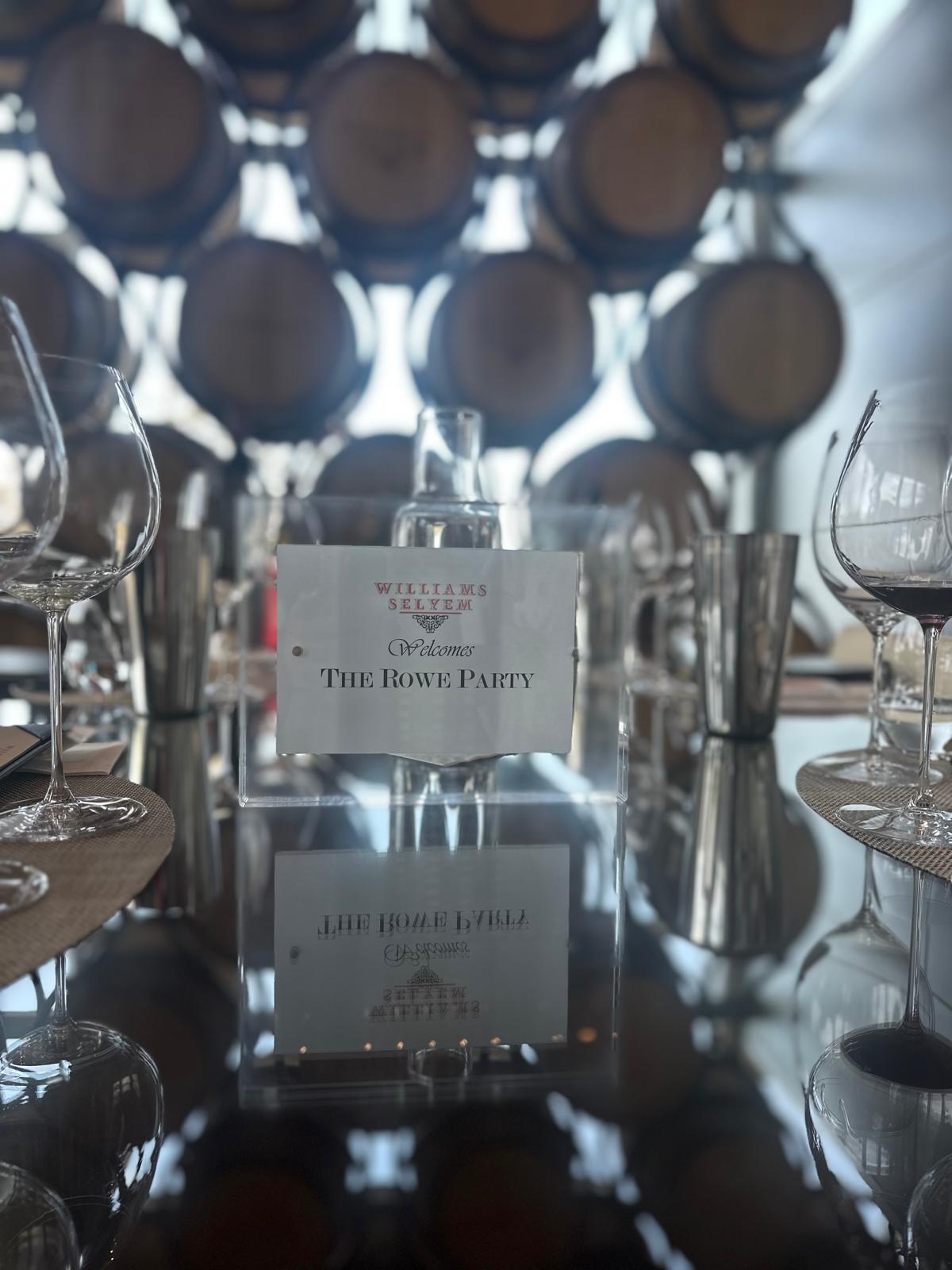
3. San Luis Obispo (Paso Robles): The Rising Star
Nestled between San Francisco and Los Angeles lies Paso Robles, a vibrant wine region that's rapidly capturing the attention of wine enthusiasts worldwide. This hidden gem within San Luis Obispo County has evolved from a quiet agricultural town into a dynamic winemaking destination, home to over 200 wineries crafting bold, distinctive wines.
The region's unique climate creates a perfect storm for winemaking excellence. Dramatic temperature swings - with daytime highs reaching 100°F dropping to 50°F at night - combined with diverse soil compositions produce grapes with intense flavors and balanced acidity. These conditions have attracted innovative winemakers who experiment with both traditional and unexpected grape varieties, from Cabernet Sauvignon to Zinfandel and Rhône-style blends.
Must-Visit Wineries:
- DAOU Vineyards: Perched atop DAOU Mountain at 2,200 feet, this stunning estate offers breathtaking views of the rolling hills. Known for their exceptional Bordeaux-style wines, the DAOU brothers have created a legacy of luxury and excellence in winemaking.
- Bien Nacido Vineyards: A historic property dating back to 1837, Bien Nacido produces extraordinary Pinot Noir and Chardonnay wines that showcase the region's terroir. Their single-vineyard wines have earned critical acclaim and devoted followers.
This rising star of California wine country embraces innovation while honouring traditional winemaking techniques. Small-batch productions, sustainable farming practices, and a spirit of experimentation define Paso Robles' approach to crafting wines that tell the story of this remarkable landscape.
Comparing Californian Wine Regions with Australian Wine Regions
The sun-drenched vineyards of California share remarkable similarities with Australia's prestigious wine regions. Both wine destinations showcase the profound impact of climate and terroir on wine production, yet each tells its own unique story through distinctive varietals and winemaking approaches.
Barossa Valley vs. Napa Valley
- Barossa's warm climate nurtures bold, full-bodied Shiraz with intense black fruit and pepper notes
- Napa's Mediterranean climate produces structured Cabernet Sauvignon with dark berry and cedar characteristics
Margaret River vs. Sonoma County
- Margaret River's maritime influence creates elegant Chardonnay and Cabernet blends
- Sonoma's diverse microclimates yield nuanced Pinot Noir and complex Chardonnay
The diurnal temperature variations in both regions play a crucial role in grape development. California's cooling fog allows for extended hang time, while Australia's dramatic day-night temperature swings contribute to flavor intensity and acid retention.
These world-class regions demonstrate how similar latitudes can produce distinctly different expressions of beloved grape varieties, each reflecting their unique growing conditions and winemaking traditions.
Conclusion
California's wine regions are a beautiful blend of diversity, innovation, and tradition. Each area has its own story to tell through wine, from the famous estates of Napa Valley to the diverse landscapes of Sonoma and the bold flavours of Paso Robles.
There are many experiences waiting for you in these amazing places. Whether you prefer the classic Cabernet Sauvignons from Napa, the refined Pinot Noirs from Sonoma, or the creative blends from Paso Robles, California's wine country welcomes you to discover, savour, and create your own unforgettable moments.
The future of Californian wines looks promising, with passionate winemakers, sustainable practices, and a growing community of wine lovers who believe that great wine should be accessible to all. Your next wine adventure begins here.
FAQs (Frequently Asked Questions)
What are the main Californian wine regions discussed in this guide?
This guide focuses on three prominent Californian wine regions: Napa Valley, Sonoma County, and San Luis Obispo (Paso Robles). Each region is known for its unique characteristics and diverse grape varieties.
What makes Napa Valley a renowned wine region?
Napa Valley is celebrated for its historical significance in winemaking and its reputation for producing exquisite wines, particularly Cabernet Sauvignon. Notable wineries like Opus One and Sterling Winery exemplify the high-quality offerings from this region.
How does Sonoma County's terroir influence its wines?
Sonoma County features a variety of American Viticultural Areas (AVAs), each with distinct terroirs that shape the flavor profiles of its wines. This diversity allows for exceptional varieties, such as Pinot Noir from wineries like Buena Vista Winery and Williams Selyem Winery.
What should I know about Paso Robles as an emerging wine region?
Paso Robles is recognized as a rising star in the San Luis Obispo County wine scene, known for its innovative winemaking techniques and bold, fruit-forward wines. Notable wineries like Daou Winery are making significant contributions to this dynamic region.
How do Californian wines compare to Australian wines?
Californian wines, particularly Cabernet Sauvignon from regions like Napa Valley, differ from Australian Shiraz in terms of style due to climate variations. While both regions produce high-quality wines, their distinct climates lead to unique flavor profiles.
What initiatives does Tuesday Cellar Co promote in wine appreciation?
Tuesday Cellar Co fosters an inclusive wine culture by creating communal experiences through curated tastings and educational events. Their goal is to promote diversity within the world of wine appreciation, making it accessible to all.
